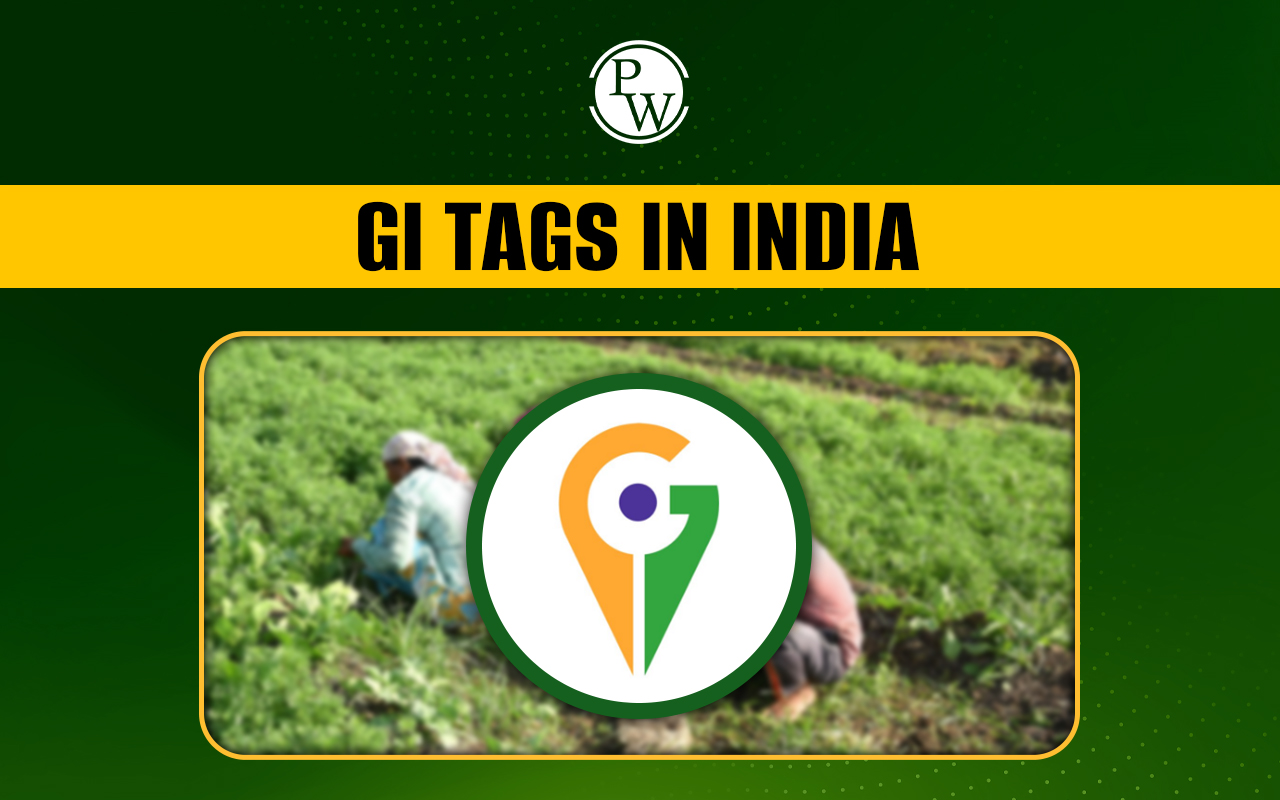
Project Cheetah was launched in 2022 to reintroduce cheetahs to India, restoring their natural habitat and establishing a sustainable population of the species in the wild. It focuses on reintroducing cheetahs to regions where they once roamed freely but were driven to extinction.
This project aimed to bring 12 to 14 cheetahs every year under the ‘Action Plan for Reintroduction of Cheetah in India ’. Keep reading to learn about the current status of Project Cheetah, its challenges, and more.Project Cheetah in India
The government of India launched Project Cheetah to reintroduce cheetahs to the country after they went extinct nearly 70 years ago. It is being implemented in collaboration with Namibia and South Africa, both of which provided cheetahs for release into India’s Kuno National Park. Kuno National Park in Madhya Pradesh was selected as the primary site for cheetah reintroduction in India due to its landscape, which offers a suitable habitat for these big cats.| Project Cheetah - Overview | |
| Aspect | Details |
| Objective | Reintroduce cheetahs to India |
| First Batch | September 2022 |
| Location | Kuno National Park (MP) |
| Source Countries | Kenya, Namibia, South Africa |
| Current Population | 24 cheetahs (including 12 cubs) |
| Deaths | 8 adult cheetahs (various causes) + 5 cubs |
| Translocation Plan | 12-14 cheetahs/year for 5 years. |
| Challenges | Low prey base, health issues (winter coat, infections) |
| Strategy | Prey management, health monitoring, potential recapture |
| Progress | 500-hectare cheetah breeding center is being developed in Gujarat's Bunni grasslands |
Purpose of Project Cheetah
Project Cheetah has a multi-layered purpose, blending conservation goals with ecological restoration. Here’s why the project matters:- Restoring the Cheetah Population: Reintroduce cheetahs to India after they went extinct in the 1950s, and establish a self-sustaining population.
- Biodiversity Restoration: The project aims to contribute to wildlife conservation, enhance ecosystem balance, and support the broader conservation efforts in the region.
- Ecological Balance: Help restore grassland ecosystems by reintroducing an apex predator, promoting natural herbivore control, and preventing overgrazing.
- Raising Conservation Awareness: Increase global awareness of wildlife conservation issues, focusing on endangered species and the need for collaborative action.
- Cultural and Scientific Significance : The cheetah’s reintroduction is symbolic, as it revives a species that once had a significant presence in Indian landscapes.
Cheetah Reintroduction in India
Historically, India was home to the Asiatic cheetah, which was declared extinct in 1952 due to hunting and habitat loss. In the early 1970s, India made its first attempt to reintroduce cheetahs, led by Dr. Ranjitsinh, who negotiated with Iran for translocation. However, the project failed due to inadequate release sites, political instability, and the diminished Persian cheetah population. Efforts resumed in 2009 , and after years of deliberation, the Supreme Court of India approved the reintroduction in 2020. This led to the successful arrival of cheetahs in India starting in 2022 under Project Cheetah. The reintroduction has been carefully monitored, with radio collars placed on each cheetah to track their movements and health.Current Status of Project Cheetah
Since its launch in 2022, Project Cheetah has made significant progress but also faced challenges. Here’s the latest update on Project Cheetah:- Cheetah Population: As of 2024, 24 cheetahs in India, including 12 cubs born at Kuno National Park (MP).
- Translocation Efforts: C heetahs have been translocated from Namibia, South Africa, and Kenya. Ongoing discussions aim to bring more from Kenya.
- Breeding Center: A 500-hectare breeding center is under development in Gujarat's Bunni grasslands, designed to house up to 16 cheetahs.
- Challenges : Issues include a low prey base in Kuno, health concerns (e.g., infections linked to winter coats), and the cheetahs' adaptation to the environment.
- Future Plans: Plans to release more cheetahs into the wild, strengthen prey populations, and improve habitat protection are in progress.
Asiatic Cheetah vs African Cheetah
While the project brought African cheetahs to India, understanding the difference between Asiatic cheetahs and African cheetahs is crucial:| Asiatic Cheetah vs African Cheetah | ||
| Feature | Asiatic Cheetah | African Cheetah |
| Scientific Name | Acinonyx jubatus venaticus | Acinonyx jubatus jubatus |
| Distribution | Found mainly in Iran | Widespread across sub-Saharan Africa (Northwest, East, Southern Africa) |
| Population | <40 individuals (Critically Endangered) | ~10,000 individuals (Vulnerable) |
| Size | Smaller and more slender, up to 53 inches in body length, weighing 100-119 lbs | Larger, up to 84 inches in body length, weighing 120-159 lbs |
| Coat Color | Pale yellow to light fawn, fewer spots, more fur underbelly | Golden-brown with dense, distinct spots across the body |
| Speed | Similar to African cheetah (~60-70 mph), but less space to sprint | ~60-70 mph in open savannah, recorded in full sprint |
| Diet | Preys on medium-sized prey like gazelles, wild sheep, and hares | Preys on a wider range of herbivores like gazelles, antelopes, wildebeests |
| Habitat | Prefers arid and semi-arid grasslands and deserts | Prefers savannas, grasslands, and open woodlands |
| Threats | Habitat loss (mining, human conflict), poaching, illegal trade | Habitat loss, human-wildlife conflict, poaching, climate change |
| Genetic Diversity | Low genetic diversity due to small population size | Higher genetic diversity across Africa due to the larger population |
| Conservation Status | Critically Endangered (IUCN) | Vulnerable (IUCN) |
| UPSC Related Articles | ||
| NCERTs for UPSC CSE | Mission Karmayogi | Circular Economy |
| Quit India Movement | Cooperative Federalism | Sendai Framework |
Himalayan Ranges of India FAQs
How many cheetahs are left in Kuno National Park?
As of 2024, there are 24 cheetahs in Kuno National Park, including 12 cubs born since the reintroduction.
Why were cheetahs declared extinct in India?
Cheetahs were declared extinct in India in 1952 due to hunting, habitat loss, and decline in prey species. The lack of conservation efforts also contributed to their disappearance.
When was Project Cheetah launched in India?
Project Cheetah was officially launched in September 2022 with the goal of reintroducing cheetahs to India, nearly 70 years after their extinction.
Which national park was selected for cheetah reintroduction in India?
Kuno National Park in Madhya Pradesh was selected for its suitable grassland habitat, low human disturbance, and potential for prey population management.
What are the challenges faced by Project Cheetah?
Challenges include low prey base in Kuno National Park, health issues (such as infections due to winter coats), and difficulties in adapting to the new environment.
Talk to a counsellorHave doubts? Our support team will be happy to assist you!

Check out these Related Articles
Free Learning Resources
PW Books
Notes (Class 10-12)
PW Study Materials
Notes (Class 6-9)
Ncert Solutions
Govt Exams
Class 6th to 12th Online Courses
Govt Job Exams Courses
UPSC Coaching
Defence Exam Coaching
Gate Exam Coaching
Other Exams
Know about Physics Wallah
Physics Wallah is an Indian edtech platform that provides accessible & comprehensive learning experiences to students from Class 6th to postgraduate level. We also provide extensive NCERT solutions, sample paper, NEET, JEE Mains, BITSAT previous year papers & more such resources to students. Physics Wallah also caters to over 3.5 million registered students and over 78 lakh+ Youtube subscribers with 4.8 rating on its app.
We Stand Out because
We provide students with intensive courses with India’s qualified & experienced faculties & mentors. PW strives to make the learning experience comprehensive and accessible for students of all sections of society. We believe in empowering every single student who couldn't dream of a good career in engineering and medical field earlier.
Our Key Focus Areas
Physics Wallah's main focus is to make the learning experience as economical as possible for all students. With our affordable courses like Lakshya, Udaan and Arjuna and many others, we have been able to provide a platform for lakhs of aspirants. From providing Chemistry, Maths, Physics formula to giving e-books of eminent authors like RD Sharma, RS Aggarwal and Lakhmir Singh, PW focuses on every single student's need for preparation.
What Makes Us Different
Physics Wallah strives to develop a comprehensive pedagogical structure for students, where they get a state-of-the-art learning experience with study material and resources. Apart from catering students preparing for JEE Mains and NEET, PW also provides study material for each state board like Uttar Pradesh, Bihar, and others
Copyright © 2025 Physicswallah Limited All rights reserved.
Get App








